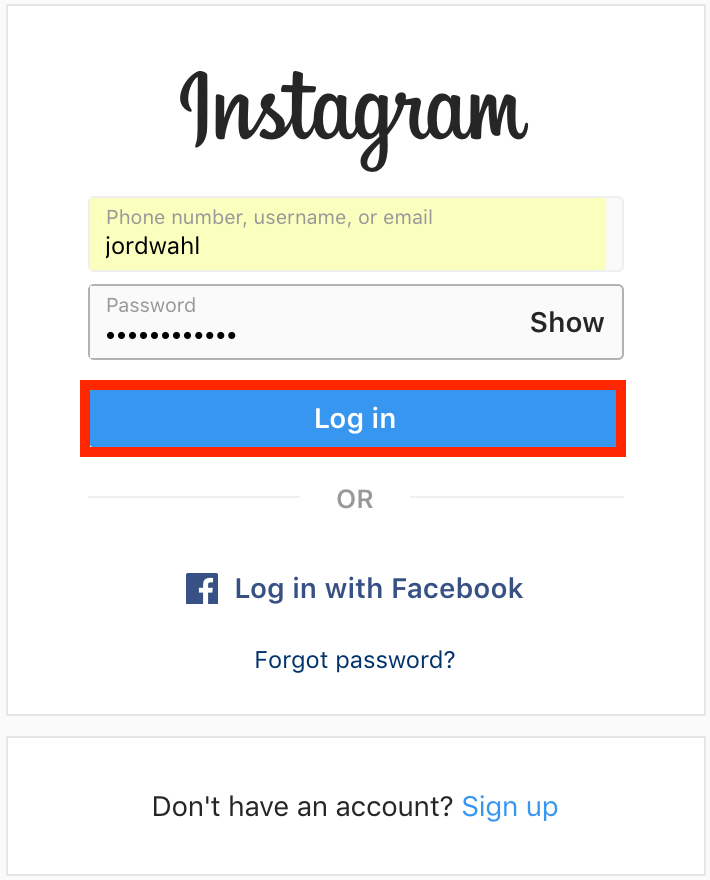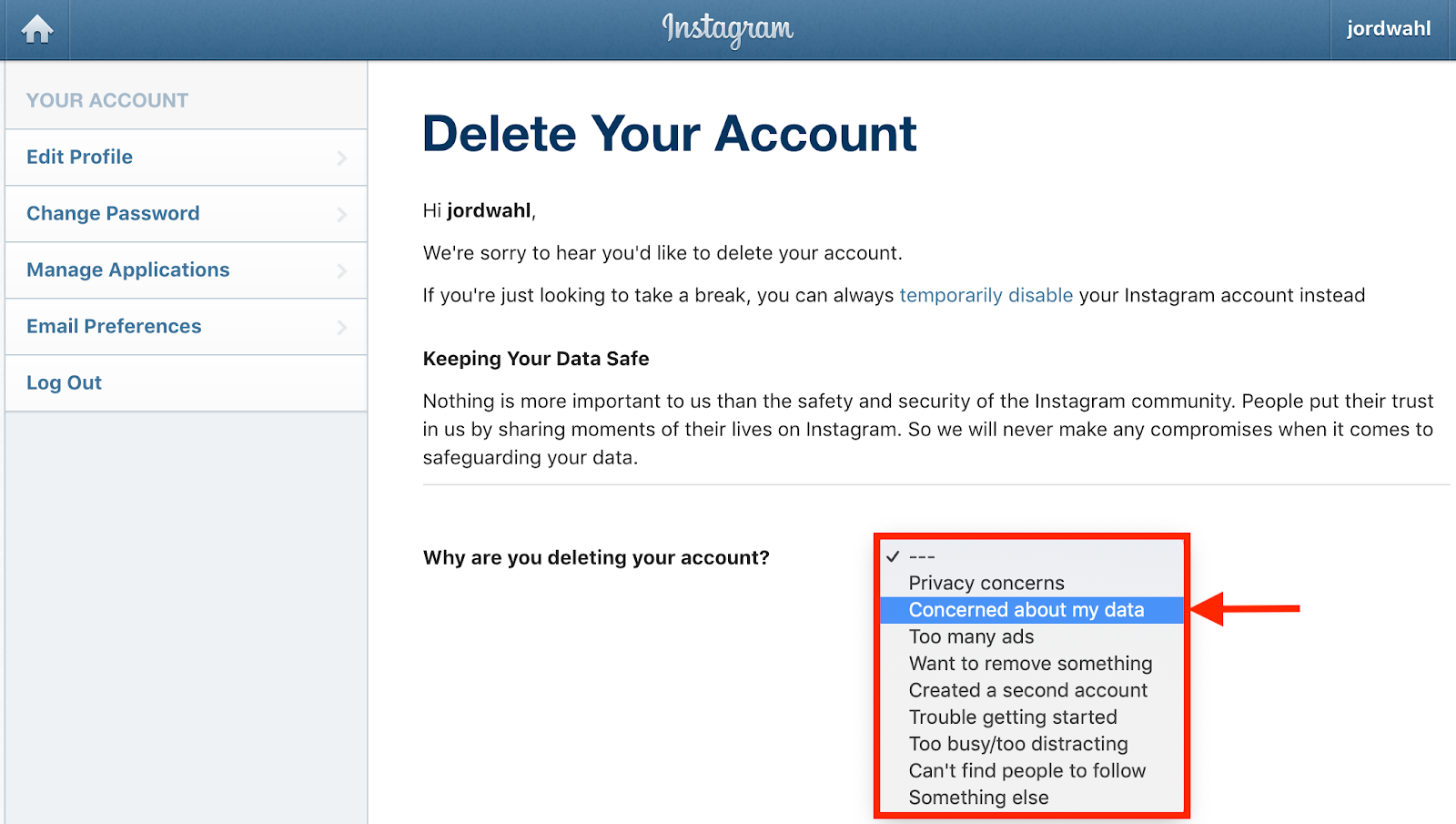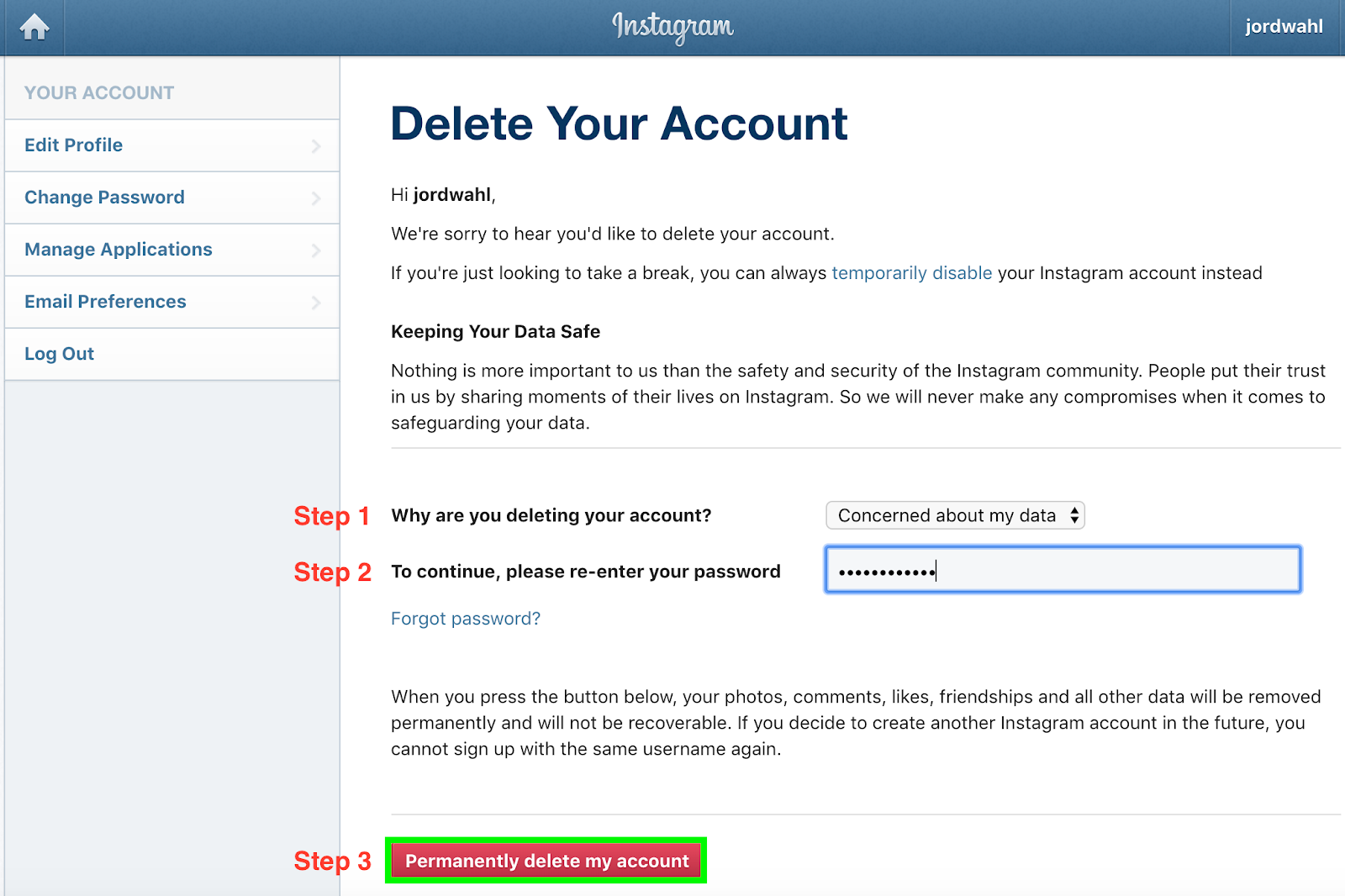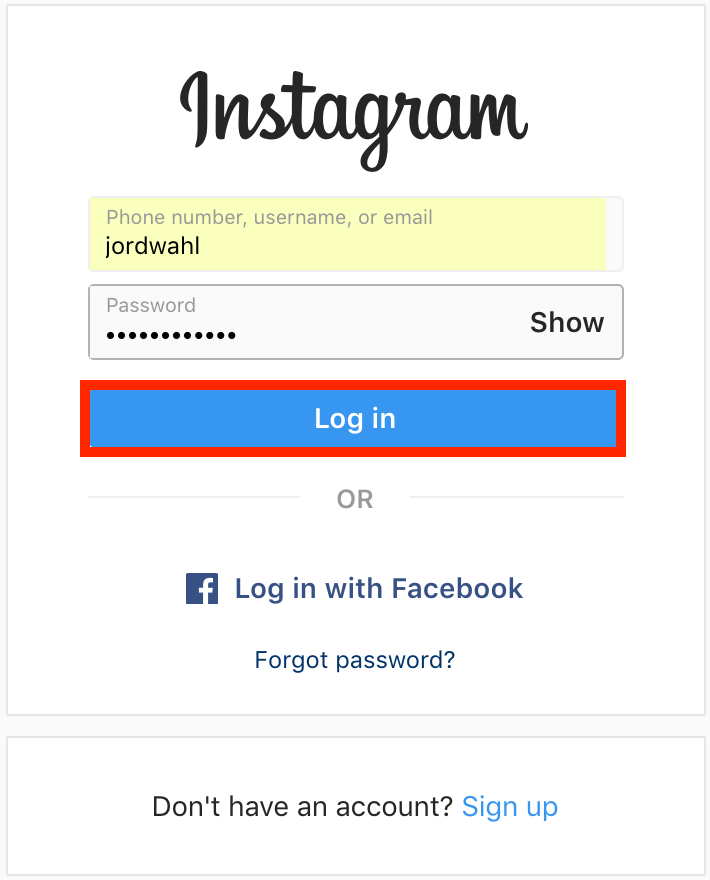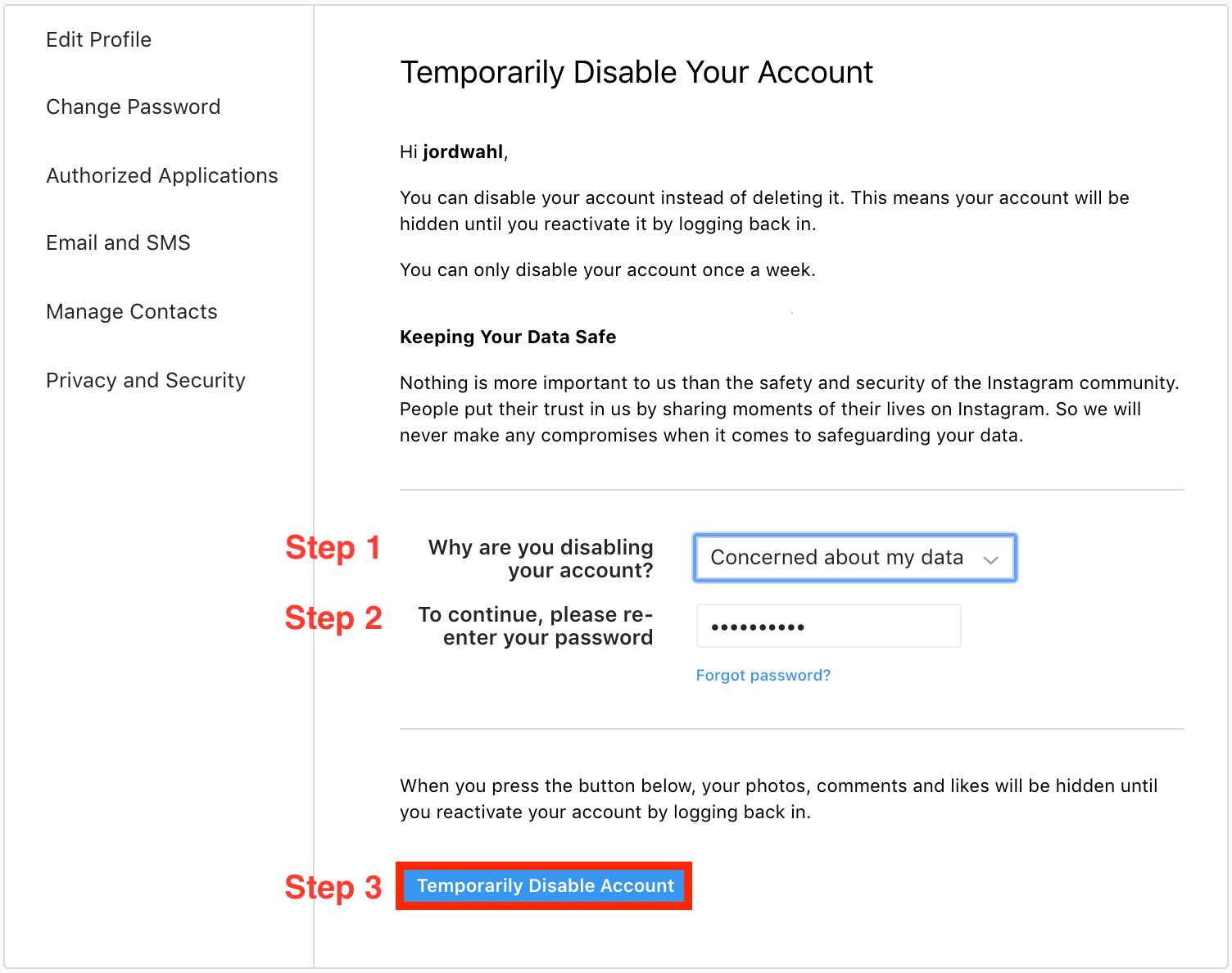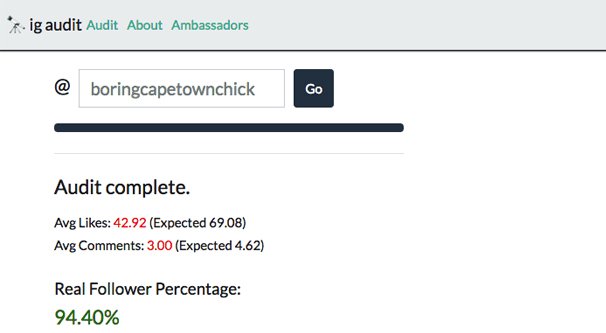The first option is to manually filter your followers as they come in. When someone follows you, you receive a notification of that fact. You can then click on the notification and be brought to the profile of the person who followed you. You can decide if you want this person following you, and take action if you choose to get rid of them.
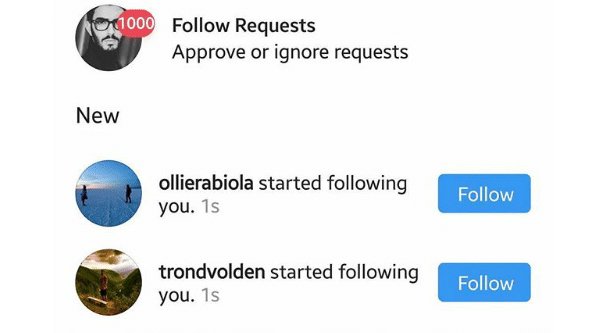
This isn’t a perfect system, of course, and I’m sure you can see why. First of all, the person already follows you. You aren’t approving their follow request, you’re checking them after the fact.
Another issue is that you’re forced to make a judgment of the person based on what you can see of their profile. You can be fairly accurate with your judgment, but it’s still your judgment. I’ll discuss how to decide if a user is a bot or bad actor or not in the next section.
On top of that, you only have one way to remove someone from following you, and that’s blocking them. You can block and then unblock them, so they don’t know you blocked them in the first place, but that’s not really a great option. It’s tedious and, if you block a legitimate user and they decide to call you out on it, it can cause issues with your reputation.
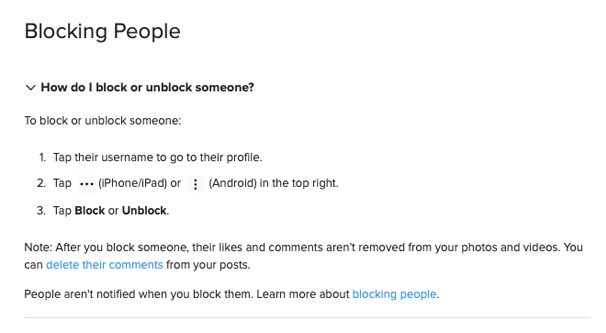
Unfortunately, Instagram does not have a way for default public accounts to remove followers other than blocking them. At least, not yet. There are some reports that claim Instagram is testing a “remove follower” button on select accounts, but it’s not widely available yet.
It’s obvious why Instagram wants to keep this feature limited when you think about how marketers historically abuse such features. Read up on follower churn if you’re curious about the techniques you should avoid.
The second option you have, then, is to set your account to private. When your account is private, two things happen. First, anyone who wants to follow you needs to apply, and you need to manually approve them. Second, you gain access to a button that allows you to remove anyone as a follower without needing to block them. Since they’re no longer able to access your private account, it’s effectively a block regardless.
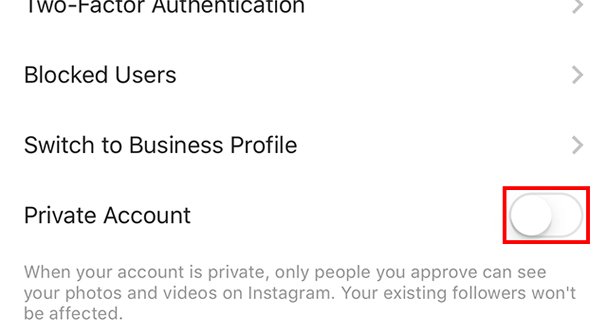
This method has the primary benefit of adding a layer of approval to the process. New followers can be scanned before you approve them, so you know exactly who is following you and who isn’t allowed. The problem comes at scale; if 1,000 new followers apply in a 2-day period, that’s a lot of work to go through them all.
There are a lot of disadvantages to taking an account private, of course.
- Anyone can still send you a direct message, so it doesn’t completely deal with potential harassment.
- Activity you take on public accounts, like leaving a comment on someone else’s photo, is still public activity.
- Many people are turned off by seeing a private account lock. If they don’t have a real incentive to follow you, many won’t. You lose a lot of potential activity and new followers that could be valuable.
- Your content doesn’t appear in hashtag feeds, making your use of hashtags virtually worthless. It’s like a shadowban, except it’s self-inflicted.
- If you like to embed Instagram content on your website, you’ll be stuck. You can’t embed content from a private account, even if you follow that account. You can’t embed your own content while your account is private.
You can read a much more in-depth overview of the pros and cons of a private account in this post. At the end of the day, though, private accounts are generally only good for people who want to keep a small audience and don’t care about their growth. Anyone looking to build a business via Instagram or use Instagram for marketing probably should keep their account public.
The third option you have is to use an app to do the work for you. There are a handful of apps out there that can scan your followers for anything that looks suspicious or bot-like and can allow you to remove them. Cleaner for IG is an example of one such app, though I can’t say I endorse them or have ever used them.
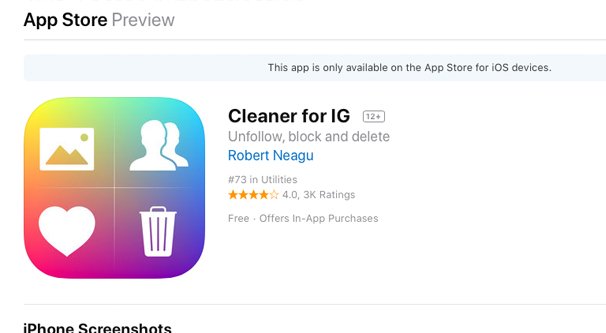
These apps have two major drawbacks. The first is that you’re giving an app you might not necessarily trust the keys to your account. You have to authorize it to log in to be able to make changes to your account. Any time you’re using an app to do management for you, you need to make sure you trust the app. If you don’t trust the app, you’re giving away login information to a potentially malicious actor.
The other major drawback is that most of these apps have a limit to the number of followers they can scan. If you have more than 5,000 or 10,000 followers, they will only be able to go over a sample of your followers to check for bots. In fact, all of the major bot scan services, the websites that give you a spam score, and the like are all limited in the same way. They can only take samples. This means you won’t necessarily be able to filter all of your existing followers, though you should be able to filter incoming followers.
The fourth option is to simply not care about bot or fake followers, so long as your real followers outweigh them. Everyone is going to accumulate a few fakes, that’s just the nature of the game. As long as you’re not hitting like, 50% of your followers are fake, then you should be fine. No one is really going to hold that against you, and you can still spot-check and remove the occasional bot when you feel like looking. This is the one most people tend to take, and while it does exacerbate the bad follower issue on Instagram, it’s not exactly going to drive your business out of business.
